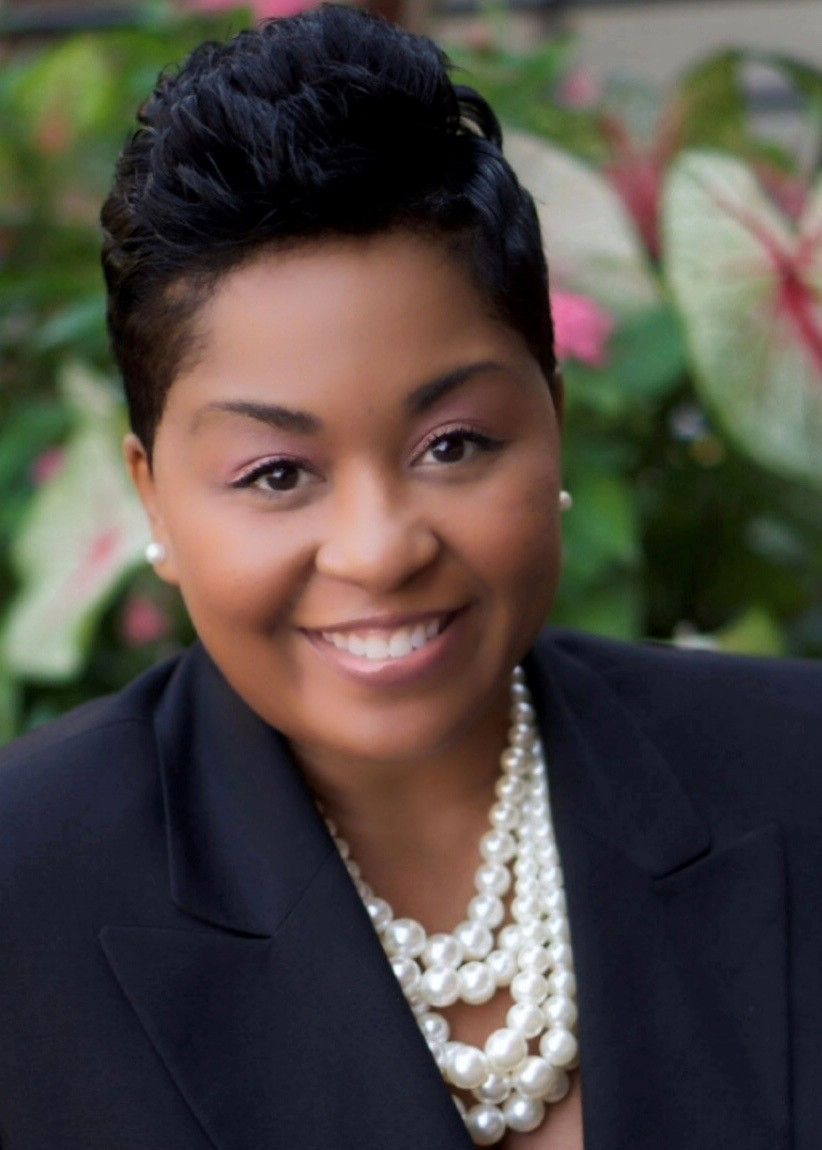Addressing Health Disparities Through Robust Patient Support Programs
Identifying unique traits in patients is key to creating the most effective support programs.
Eliminating the deep disparities that exist in healthcare can, at times, seem like an impossible task. A complex web of factors determines a patient's access to medication and other care, including the environment in which they live, their education level, their income, the language they speak, the implicit biases of those around them, and other threads that get woven together.

The COVID-19 pandemic has exacerbated racial and socioeconomic disparities in access to care and health insurance coverage, widening the gap in health inequities and creating new challenges for people trying to access the medication they need. The uninsured rate among Black Americans climbed from 17 percent in February 2020 to 26 percent in September 2020—a staggering increase that far exceeded the impact seen across other racial groups during that timeframe. New research published by the Centers for Disease Control and Prevention (CDC) helps to quantify the disproportionate impact of COVID-19 on communities of color, with one study showing racial and ethnic minority groups had higher rates of hospitalization for COVID-19 compared to other groups.
Addressing the long-standing disparities will require a multi-faceted approach among all stakeholders, from public health agencies and policymakers to healthcare providers and industry groups. However, pharmaceutical companies that bring innovative therapies to market can work with partners, like patient support providers, to build support programs that help close gaps in access among diverse patient populations.
Designing a support program to meet patient needs
Patient support providers, like Lash Group, are frequently tasked with identifying precise factors that prevent patients from accessing the therapies they need and then using the information to help manufacturers create effective patient support programs.

In order to create a robust program, it’s essential for manufacturers and their partners to gain a deep understanding of the population they are trying to serve. While it’s critical to consider the demographic boxes patients check—things like age, race, income, and gender—it’s equally important to understand a patient’s financial literacy, health literacy, and cultural background. A greater understanding of the patient population enables manufacturers to identify potential obstacles and design a program with guidelines that align to a population’s unique needs, ultimately eliminating barriers that can impact access.
For example, we worked with a manufacturer to evaluate the financial eligibility criteria for an existing patient assistance program and determine whether it should be adjusted. As part of our analysis, we pulled data that showed where patients—including those who requested support—fell on the federal poverty level (FPL) guidelines. We found that a large percentage of patients who were denied assistance fell within 5 percent of meeting the FPL eligibility criteria. The same percentage of patients who were denied assistance did not fill a script for the therapy. We consolidated the data, results from a high-level benchmarking analysis, and anecdotal provider feedback into a report for the manufacturer, which enabled them to make an informed decision to expand the financial eligibility criteria. While it seemed like a small and simple change, the data-driven decision expanded financial support to patients in-need, allowing them to afford and access the therapies they needed.
Driving trust, adherence through patient connectivity and education
While a robust data and analytics strategy can help companies better understand a patient population and inform their decision-making, an effective support program also requires ongoing patient connectivity and a clinical support team that educates and empowers patients throughout their journey.
Communication is vital—starting with the first call between a patient and the clinical support team.
A growing body of research has shown that medical mistrust is more common among minority groups, fueled by a variety of factors such as past legacies of mistreatment and personal experiences of discrimination in healthcare. Patients who lack trust in healthcare organizations are less likely to listen to medical advice, attend follow-up appointments, or fill prescriptions, all of which can affect one’s health and well-being. As such, it’s critical for the team of clinicians—including telehealth or field-based nurses—to foster a strong nurse-patient relationship and provide the clinical education and support needed to empower patients throughout their journey. Highly skilled and experienced nurses listen to patients, address their questions and concerns, and provide ongoing disease management and training to instill confidence in patients, preparing them to manage complex therapy regimens.
Technology can play an important role in bridging gaps. Mobile apps and digital engagement tools can help nurses meet patients where they are, increasing connectivity and adding touchpoints to ensure patients have the support they need at their fingertips. For example, nurses can use digital platforms to provide patients with virtual injection training, obtain electronic signatures, and set up automated dosing and refill reminders. Bilingual nurses can use a language line to help navigate and break down barriers for patients who don’t speak English or have trouble understanding it. At the same time, it’s important to acknowledge that technology requires a balance. Technology intended to help patients could be the very thing that deters them because it only takes one small barrier or confusion to interrupt the patient experience. We must have the right people in place with the appropriate training to provide an effective blend of tech and human interventions.
Each positive patient interaction and experience we create occurs on a small scale, but they add up to make a real impact. Looking ahead, manufacturers and their partners can implement solutions—like patient support programs tailored to meet a population’s needs—that help to address disparities in access and promote health equity. Ultimately, the ability to achieve better outcomes will depend on gaining a deep understanding of the patients we serve and meeting them where they are with the right tools.
Shemeka Johnson, Director of Operations at Lash Group, and Sabrina Ellerbe, BSN, RN, Director of Nursing at Lash Group, a part of AmerisourceBergen
Trump: 'Major Tariff' on Pharmaceuticals Coming Soon
Published: April 9th 2025 | Updated: April 9th 2025“We’re going to tariff our pharmaceuticals, and once we do that, they are going to come rushing back into our country," President Donald J. Trump said during a Tuesday night dinner in Washington.